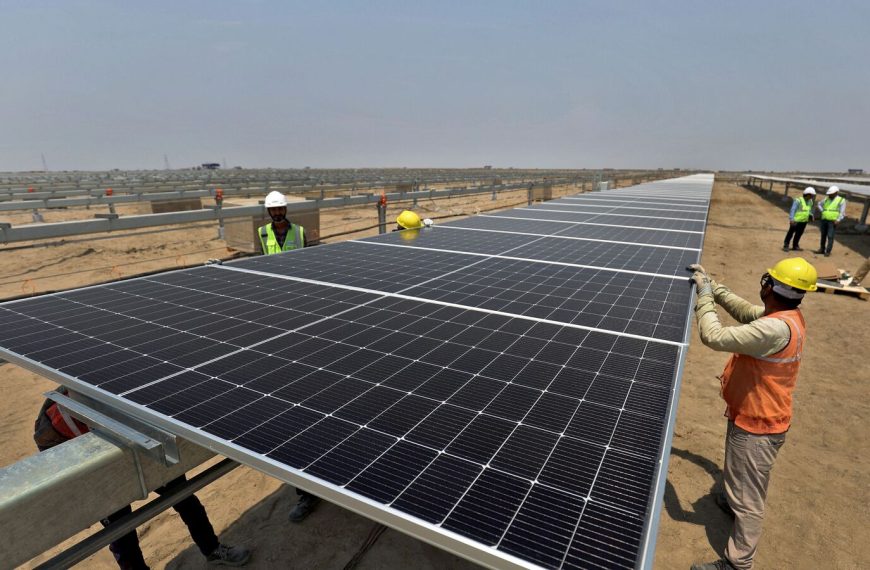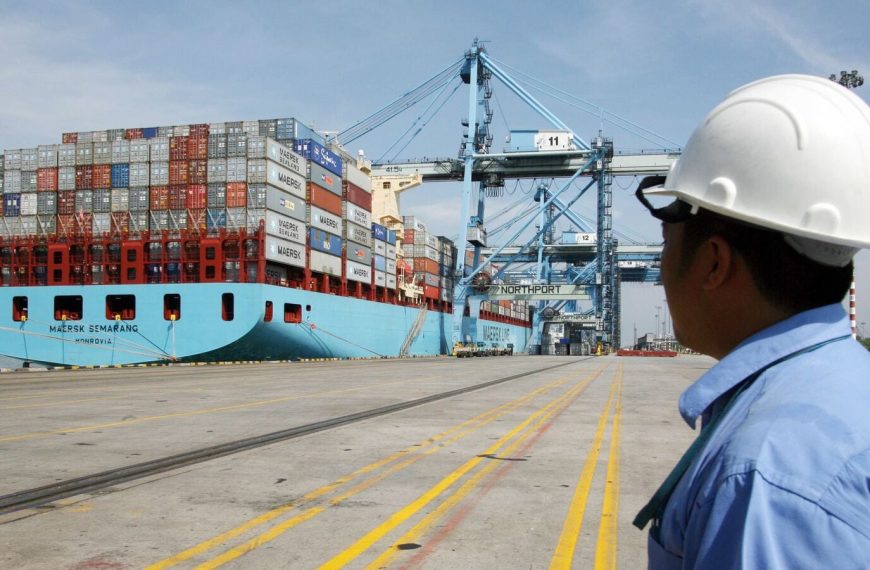In February, the U.S. witnessed a surprising uptick in orders for durable goods, which rose by 0.9% as businesses sought to mitigate potential price hikes linked to tariffs. This surge in orders could indicate a boost in capital expenditure for the first quarter of the year. However, the latest report from the Commerce Department hints at a broader economic slowdown, with businesses and consumers navigating an evolving landscape of import duties.
Durable Goods Orders Show Unexpected Growth
The increase in durable goods orders is noteworthy. The Census Bureau reported that these orders, encompassing items like appliances and aircraft designed for longevity, climbed by 0.9% after a 3.3% increase in January. This rise contradicted forecasts that anticipated a 1.0% decline.
- Key highlights:
- Orders for primary metals increased by 1.2%.
- Fabricated metal products rebounded with a 0.9% rise.
- Electrical equipment and appliances saw a significant surge of 2.0%.
Economists attribute this increase to businesses proactively ordering goods before tariffs take effect. However, concerns linger regarding trade policy uncertainties and rising borrowing costs that may hinder manufacturing, a sector responsible for 10.3% of the U.S. economy.
Tariff Impacts on Economic Activity
Since taking office, President Donald Trump has enacted numerous tariff measures, including a 20% tax on imports from China and a 25% duty on certain goods from Canada and Mexico. Additionally, he has reinstated 25% tariffs on steel and aluminum imports from various countries. Upcoming announcements regarding sectoral tariffs on autos, semiconductors, and pharmaceuticals further complicate the economic landscape.
Christopher Rupkey, chief economist at FWDBONDS, remarked, “Businesses are not merely waiting for the next tariff announcement; they are actively investing in equipment to shield themselves from future price increases.”
Capital Expenditure and Business Sentiment
Despite the positive movement in durable goods, the overall sentiment regarding capital expenditure remains cautious. Shannon Grein, an economist at Wells Fargo, noted that demand data indicates no strong recovery in capital spending, with many small businesses hesitant to invest until there is more clarity.
- Recent observations include:
- The Federal Reserve opted to maintain interest rates, acknowledging the ongoing uncertainty in the economy.
- A recent survey revealed a decline in optimism among chief financial officers at companies.
Machinery and Transportation Equipment Orders
In February, machinery orders saw a modest increase of 0.2%, while transportation equipment orders rose by 1.5%. This growth was bolstered by a 4.0% rebound in motor vehicle and parts demand, alongside a 9.3% increase in orders for defense-related aircraft and parts. However, the commercial aircraft sector experienced a 5.0% decline, with Boeing reporting only 13 aircraft orders in February, down from 36 in January.
A Mixed Outlook for the Economy
Non-defense capital goods orders, excluding aircraft, fell by 0.3%, following a previously strong 0.9% rise in January. Meanwhile, shipments of core capital goods experienced a significant recovery, rising 0.9%—the highest increase in a year—after a slight drop in January. These shipments are crucial as they contribute to the business spending component of the gross domestic product (GDP) report.
Experts from Goldman Sachs maintained their GDP growth estimate for the first quarter at 1.3%, while the Atlanta Fed projects a contraction during this period. As Carl Weinberg, chief economist at High Frequency Economics, pointed out, “Diminished business sentiment suggests a downturn in capital spending in the near future.”
In summary, while February brought a surprising rise in durable goods orders, the underlying economic signals indicate caution and uncertainty as businesses prepare for the challenges posed by ongoing tariff policies.











